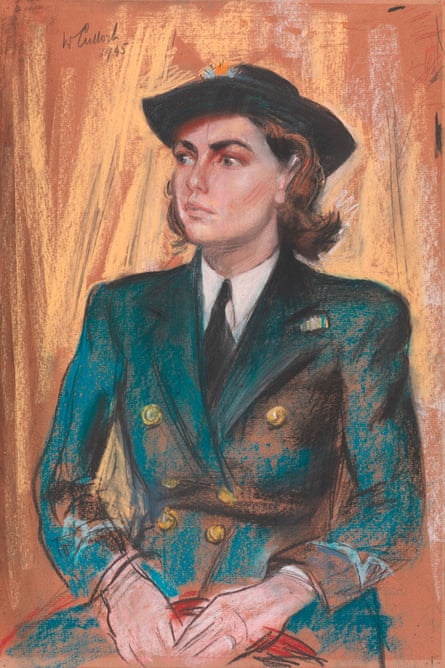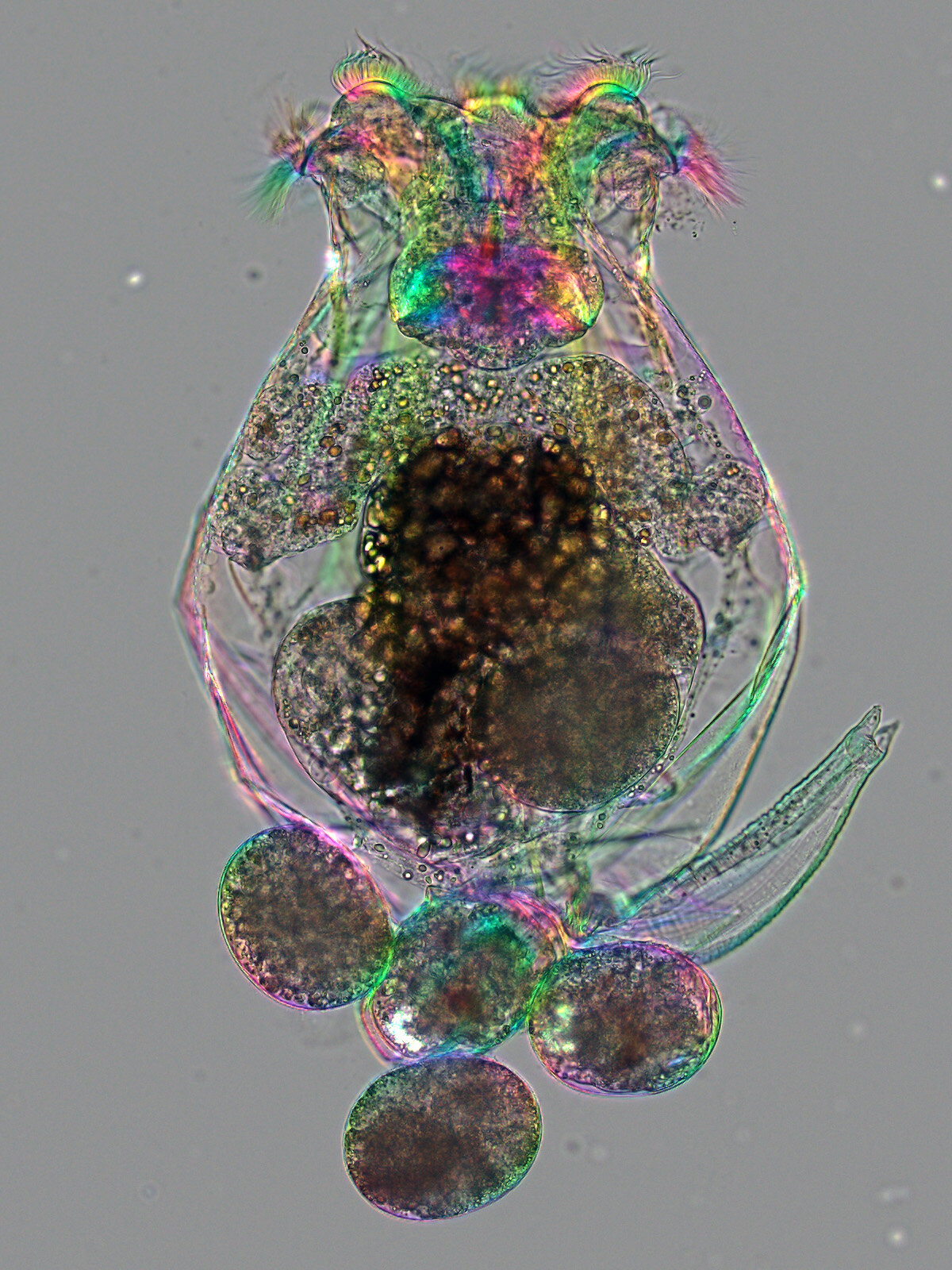The faces of some of those who served “in peril on the sea” in the second world war are still familiar to us from portraits and archive news footage. This means a shared debt to those who served in the Royal Navy can at least be honoured, if not repaid. But many faces and names have been lost to time – especially if they were women.
Now the Royal Museums Greenwich are keen to reclaim one of those missing names. They have recently bought an extraordinary, characterful and rare portrait of a serving Wren – the name, from the acronym for the Women’s Royal Naval Service, then used for female naval officers working on shore. But the museum curators don’t know who she is. The image, painted in 1945, will go on show in a rehang in the historic Queen’s House and the museum is appealing today to readers who may recognise the face of a grandmother or aunt – or even, conceivably, see their own younger self reflected.
 The whole portrait, showing the single blue ring on the Wren’s sleeve, the blue and white medal ribbon, and, possibly, a wedding ring. Photograph: Joshua Akin/National Maritime Museum
The whole portrait, showing the single blue ring on the Wren’s sleeve, the blue and white medal ribbon, and, possibly, a wedding ring. Photograph: Joshua Akin/National Maritime Museum
“It is a really striking portrait, really arresting,” said Greenwich curator Katherine Gazzard, who has researched the painting. “It is also a really unusual addition to our collection, as, although we have many portraits of officers and sailors, we don’t have a single formal portrait of a woman in a serving role. We may have them as wives, and perhaps a queen or two, but it is a huge omission.”
Gazzard and her team have found a few clues as to her identity and are hoping that by the time the picture, by Leeds-born artist Joseph McCulloch, is exhibited in 2024, the mystery will have been solved by the public. The subject is a third-class officer, identified by a single blue ring on her sleeve and she seems to have a blue and white ribbon, which might be above a Distinguished Service Medal. There is also a suggestion of a wedding ring, but McCulloch’s sketchy style makes this uncertain.
National Maritime Museum hopes display will solve mystery of Wren artistRead more
“We bought the painting late last year but there was no real provenance,” said Gazzard.
“But McCulloch was working in Chelsea at the time and many of his letters of the period were written on Chelsea Arts Club paper. He usually exhibited landscapes, so it seems probable that he either knew the sitter or that she was a friend of someone he knew.”
The attempt to find new images of women in the Navy is important, believes Gazzard, curator of post-1800 art at the museum. “The lack mirrors a general problem of under-representation and it speaks to the priorities of collections in the past. Men have been depicted much more than women and if you look in the records of the War Artists Advisory Committee, you can see why. Women are only 3% of those depicted in our archives and yet they made up 10% of personnel.”
The portrait, which is now being cleaned by conservators RMG,…
2023-08-06 07:00:12
Post from www.theguardian.com


















